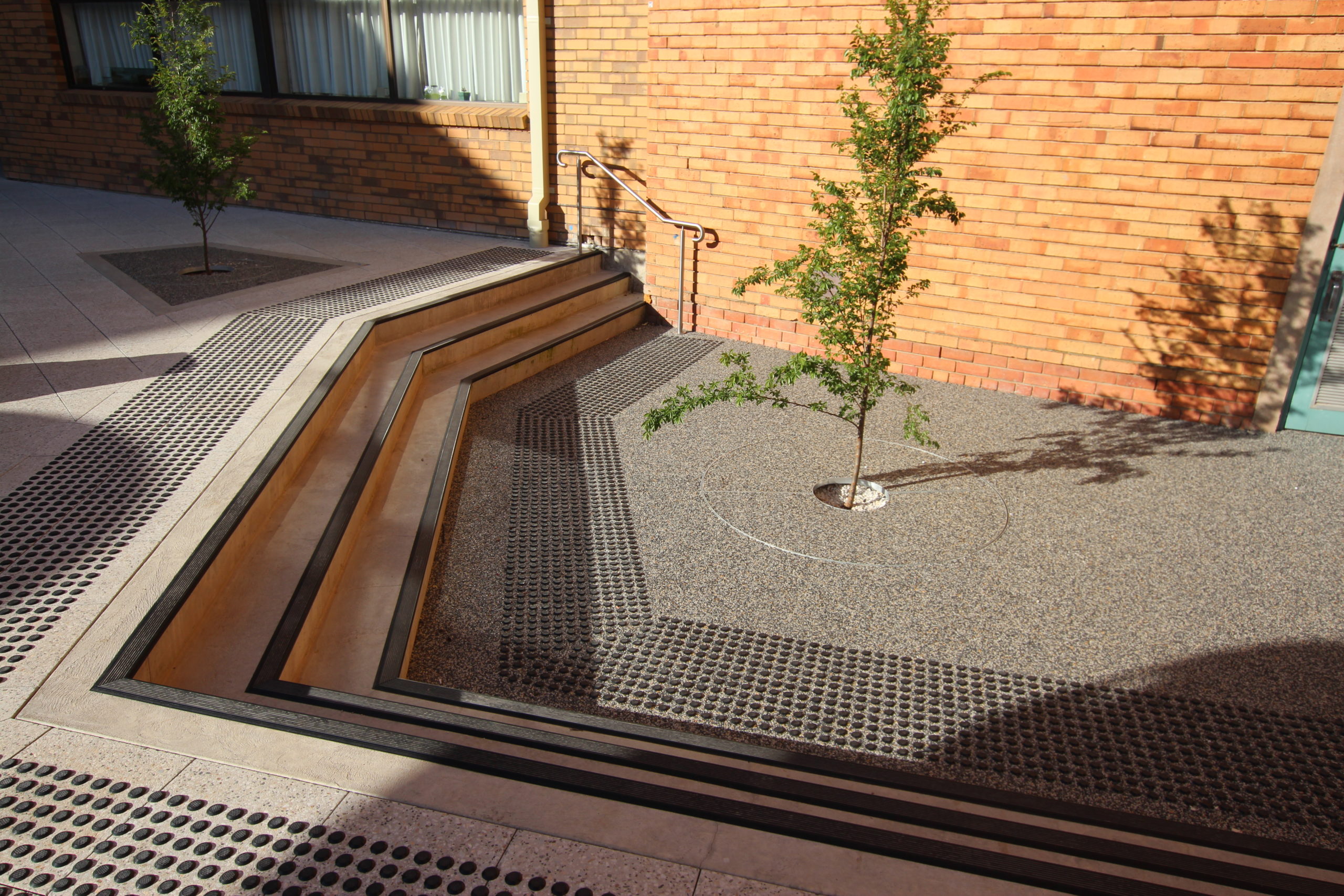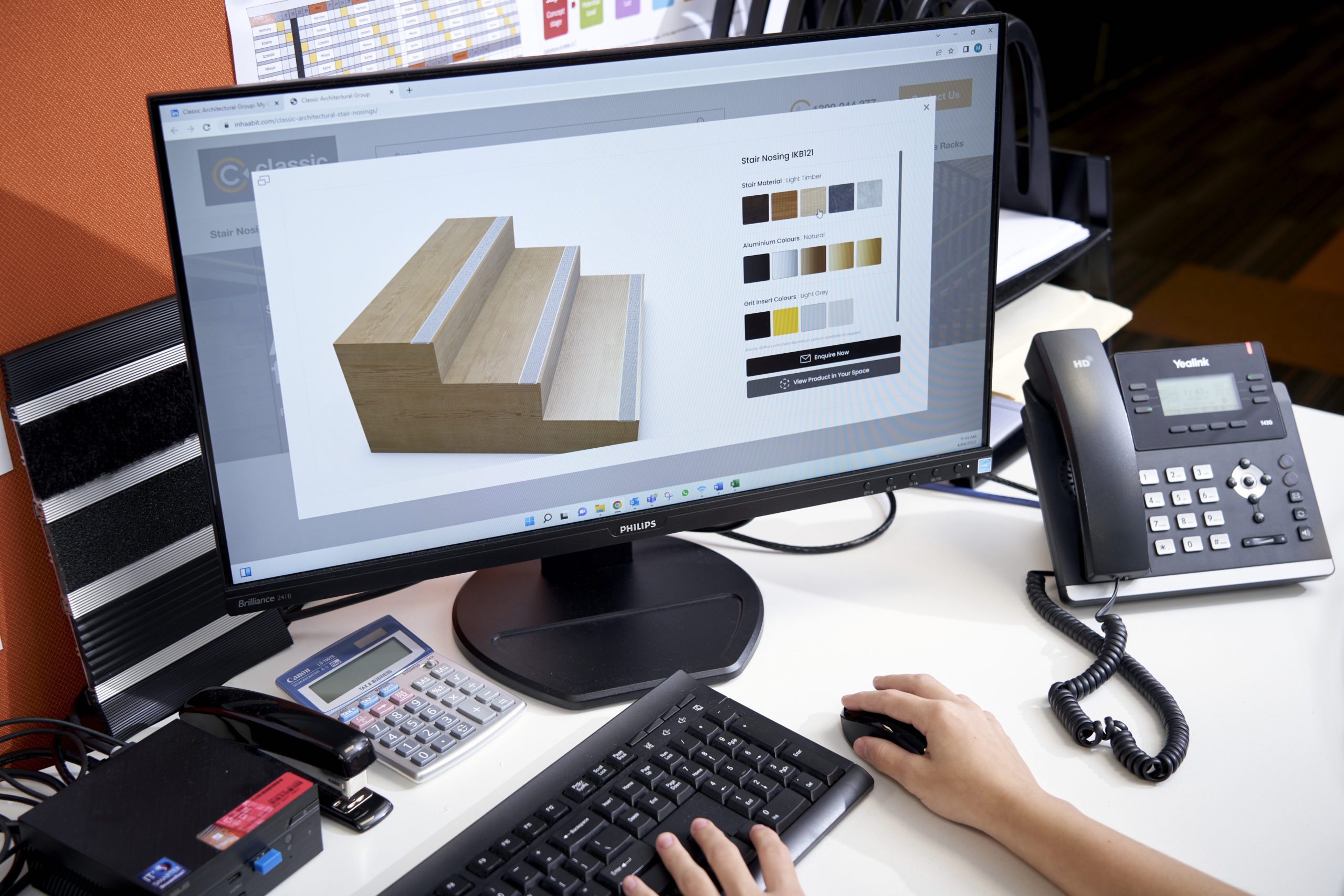Tactile ground surface indicators empower the visually impaired to navigate with confidence
Supporting building professionals Australia-wide, Classic’s mission is to enhance the accessibility and safety of public spaces for everyone. We strive to better serve our communities by giving people with disabilities the right to dignified, safe and independent access to the built environment.
According to Vision 2020 Australia, it is important to note that over 575,000 Australians are blind or vision impaired, with more than 70% of those over the age of 65 classed as blind.
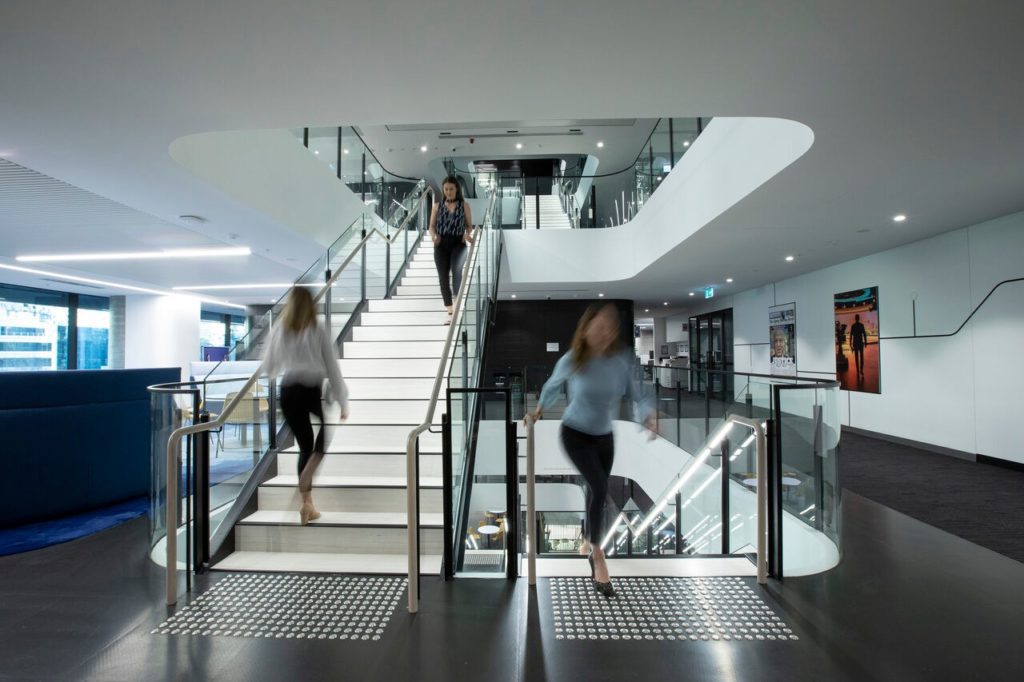
While many of the population may walk across tactile ground surface indicators (TGSI’s) in high-traffic areas without a second thought, TGSI’s play a crucial navigator and environmental cue for those with vision impairments.
Tactile studs fall in two primary categories:
Warning tactile indicators

Commonly referred to as hazard tactile indicators, these textured surface features function much like a stop sign when applied to walking surfaces. Alerting vision-impaired pedestrians to impending hazards in their line of travel, helping them determine how best to proceed.
Directional tactile indicators
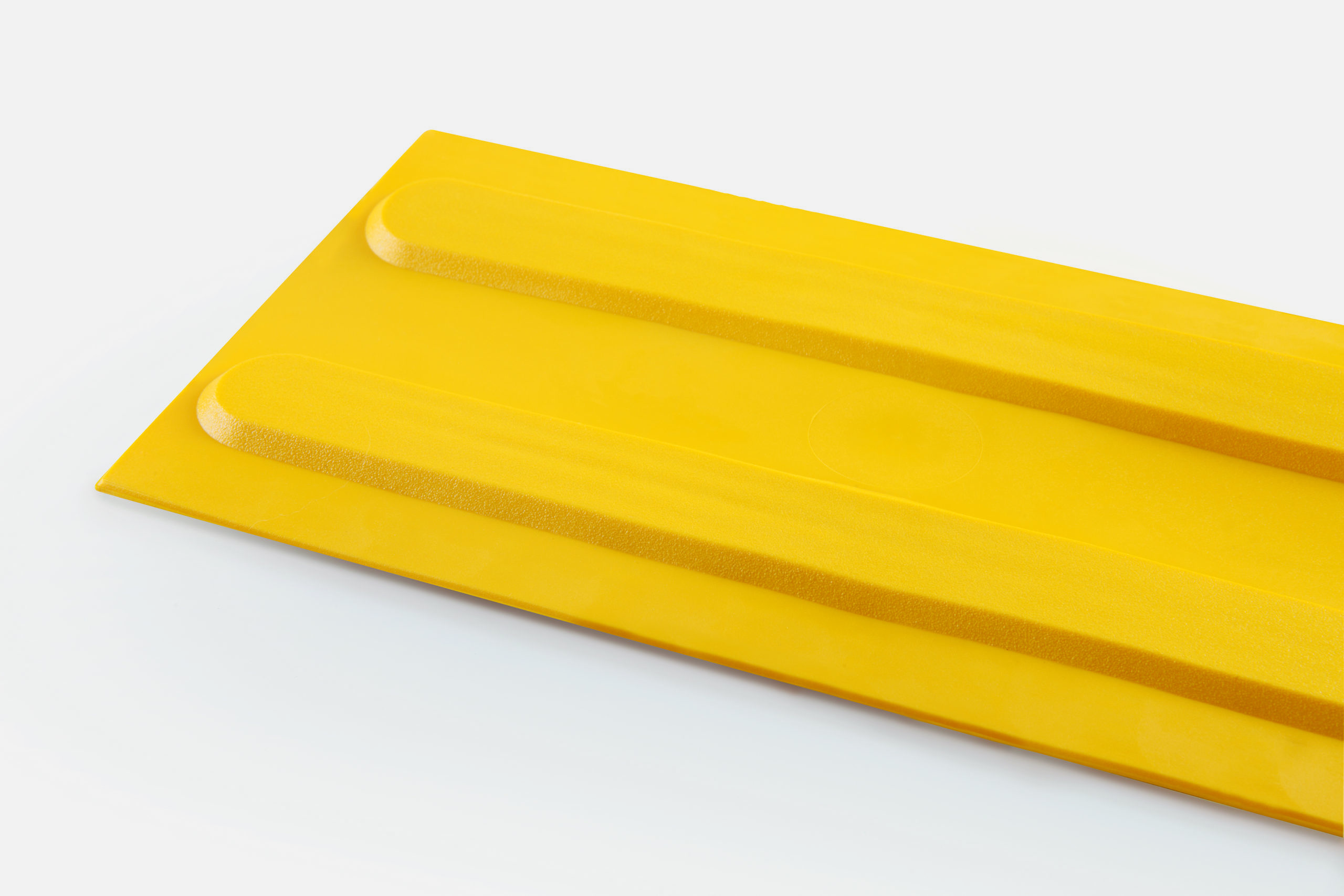
Also known as leading tactile indicators, these are textured surface features with directional bars to provide directional orientation and designate the continuous accessible route to be taken.
Working in synergy, tactile ground surface indicators empower visually impaired pedestrians to enjoy confident, independent mobility within urban environments.
TGSI Luminance Contrast Testing
Another important aspect of tactile indicators is their ability to provide luminance contrast. Calculated in accordance with AS1428.4.1-2009, luminance contrast is a measure that compares the luminance reflectance of two different surfaces.
For TGSI’s, this is the difference in the amount of light reflected from the tactiles compared to the amount of light that’s reflected from the base surface. Tactile tiles should have 30% luminance contrast while tactile individuals should have 45% to 60%.
To ensure your project meets all compliance requirements, Classic also offers Luminance Contrast Testing. Explore our comprehensive range of tactile ground surface indicators.
Refer to the following standards to ensure your project’s compliance
- Australian Standards (AS 1428.1-2009| Design for Access and Mobility)
- The National Construction Code/Building Code of Australia
- The Disability Discrimination Act (DDA)
However, it’s essential to remember that tactiles alone will not make an unsafe environment safe. Playing an important secondary role in providing vital warning and directional information, the emphasis still falls on the good design and planning of public spaces.
Public applications of tactile studs
Stairways, ramps, escalators and moving travelators are designed to improve efficiency and traffic flow, however, they often pose a challenge for the vision impaired. When tactile indicators are installed in accordance with AS guidelines, they provide adequate warning of impending hazards and orientation prompts.

6 public access areas that are non-negotiable for the installation of tactile indicators
We’ve made a list of the public spaces that must have tactiles installed but here’s a quick reminder:
- Railway platforms – warning TGSI’s are used on the platform edges for safety, and directional TGSI’s provide a valuable means of providing wayfinding information
- Stairways – to reduce the risk of falls and hazards, particularly stairs with irregular steps or lack of handrails
- Escalators – to determine where the escalator begins and ends
- Passenger conveyors/ moving travelators – alerting to the approach of a moving travelator
- Ramps – areas with a sudden change in incline
- Areas that lack suitable barriers – hazards that are not protected by railings or other purpose-built barriers
- Pedestrian crossings – to indicate where a safety crossing begins and ends
For more information on the types and application of tactile studs, please refer to our Tactiles Product Application Guide. You can also view our past projects for further inspiration.
Versatile TGSI solutions to meet your aesthetic and functional goals
While safety is always of paramount importance, Classic Architectural Group’s practical access solutions are also architecturally designed to complement your project’s aesthetic vision. From stainless steel and brass, to poly and ceramic, we offer a diversity of styles and colours to meet your tactile floor safety requirements.
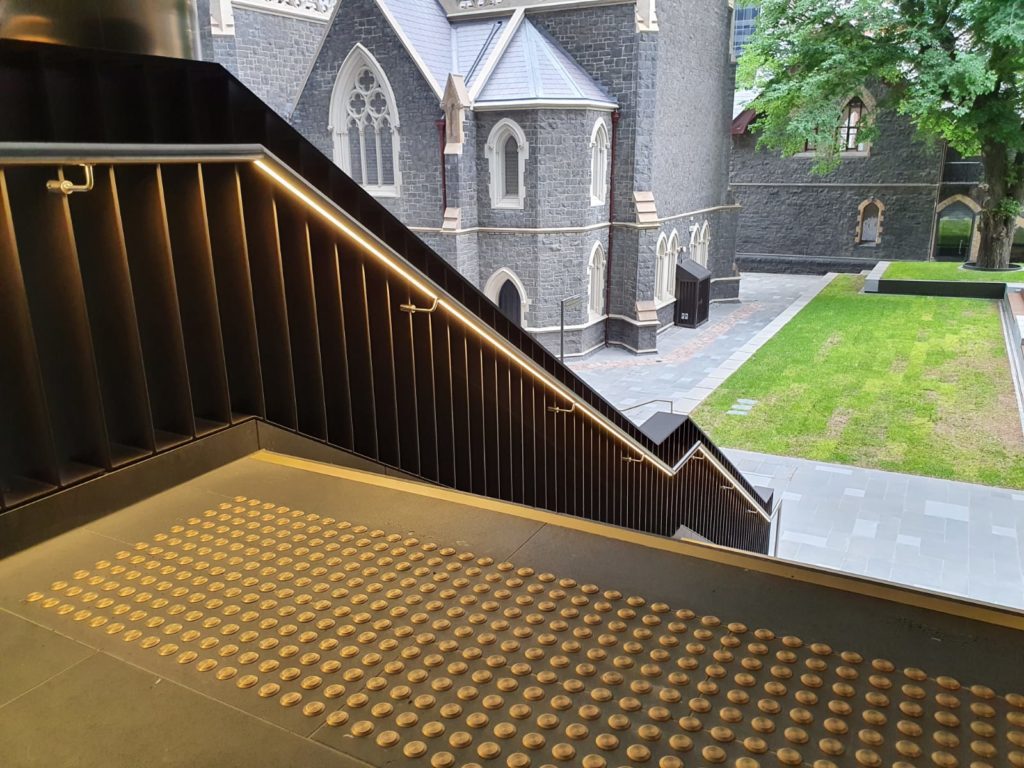
With expert consultation and advice, our team can tailor a solution to align with your project. From design to supply and installation, Classic’s here to get you one step ahead.
To learn more about tactile indicators or for a custom access solution, please contact us by calling 1300 244 377 today.
